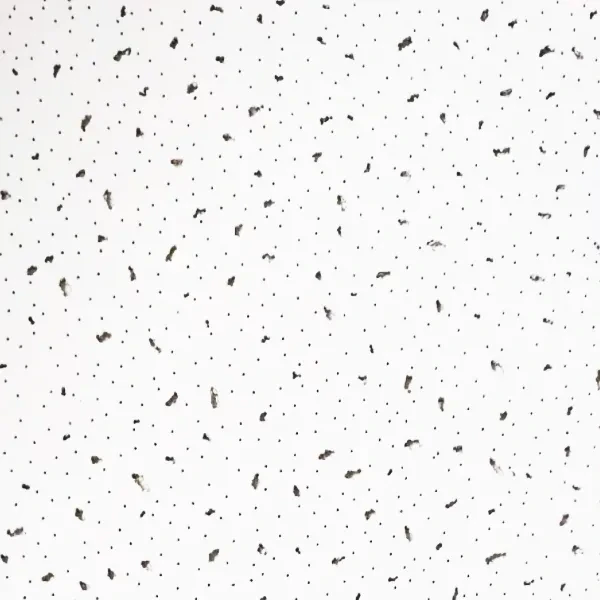Dec . 25, 2024 05:42 Back to list
Metal Ceiling Frame Design for Stylish and Durable Interior Solutions
Exploring Metal Ceiling Frames A Modern Architectural Innovation
In the world of architectural design and construction, the materials and frameworks that we use can significantly influence the aesthetics, functionality, and longevity of a building. One such innovation that has gained remarkable popularity in recent years is the metal ceiling frame. This article delves into the various aspects of metal ceiling frames, examining their advantages, applications, and the reasons behind their growing trend in contemporary architecture.
The Basics of Metal Ceiling Frames
Metal ceiling frames are structures made from various metal materials, commonly steel or aluminum, designed to support ceiling systems. These frames provide a stable and durable foundation for attaching ceiling tiles, panels, or other types of ceiling systems. They can be either exposed, showcasing the industrial aesthetic, or concealed, delivering a sleek and polished appearance.
Advantages of Metal Ceiling Frames
1. Durability and Longevity One of the primary benefits of using metal for ceiling frames is their inherent durability. Unlike traditional wood framing, metal is resistant to pests, moisture, and fire. This resilience leads to lower maintenance costs and longer life cycles, making them an excellent investment for any building project.
2. Flexibility in Design Metal ceiling frames can be engineered to support various ceiling materials and finishes, allowing architects and designers to unleash their creativity. Whether striving for a high-end look with acoustic panels or an industrial vibe with exposed beams, metal frames provide the versatility needed to achieve diverse design visions.
3. Sustainability As the construction industry moves towards more sustainable practices, metal frameworks are increasingly being recognized for their eco-friendliness. Recycling of metal is straightforward and efficient; thus, many metal ceiling frames are produced from recycled materials. This characteristic not only reduces waste but also promotes a circular economy within the industry.
metal ceiling frame

4. Ease of Installation Installing metal ceiling frames can be a quicker and less labor-intensive process compared to traditional framing methods. The precise manufacturing of metal components ensures easier assembly, resulting in a more efficient construction timeline. This efficiency can lead to cost savings and reduced disruption on-site.
5. Enhanced Acoustic Performance With the right materials, metal ceiling frames can be combined with sound-absorbing panels to improve the acoustic quality within a space. This is particularly advantageous in commercial spaces like offices, schools, and auditoriums, where sound control is critical.
Applications in Modern Architecture
Metal ceiling frames have found their place in various building types, from residential homes to large commercial and industrial projects. In commercial spaces, they are often used in retail stores, hospitals, and educational institutions, where aesthetics and acoustic performance are paramount. In industrial settings, they support heavy equipment and ventilation systems, providing the necessary structural integrity.
A growing trend in modern architecture is the use of exposed metal ceilings, which celebrates the raw materials of construction. This design choice not only contributes to the industrial aesthetic but also showcases the engineering behind the structure, inviting a sense of authenticity and robustness.
Conclusion
As the architectural landscape continues to evolve, metal ceiling frames stand out as a testament to innovation and practicality. Their combination of durability, versatility, and sustainability makes them an appealing choice for modern builders and designers. Whether in the sleek lines of a contemporary office or the industrial charm of a loft, metal ceiling frames are redefining spaces, enhancing both functionality and aesthetics. As we look to the future, the incorporation of such innovative materials will undoubtedly shape the way we think about construction and design, paving the way for smarter, more sustainable buildings.
-
Quality Ceiling Trap Doors & Access Panels | Easy & Secure AccessNewsAug.30,2025
-
Durable Ceiling T Grid Systems | Easy InstallationNewsAug.29,2025
-
PVC Gypsum Ceiling: Durable, Laminated Tiles for Modern SpacesNewsAug.28,2025
-
Pvc Gypsum Ceiling Is DurableNewsAug.21,2025
-
Mineral Fiber Board Is DurableNewsAug.21,2025
-
Ceiling Tile Clip Reusable DesignNewsAug.21,2025







